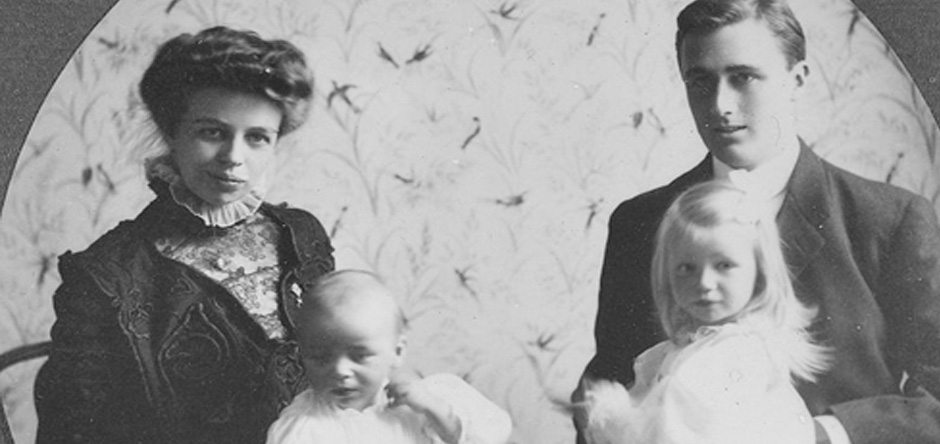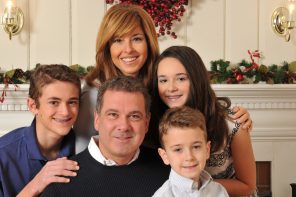Love is not all you need.
Some of the most famous pairs in pop culture weren’t romantic duos but partners of a different kind – in the performing arts and entertainment. Still, their creative synergy didn’t necessarily mean they liked each other very much.
For every power couple there is also a sour couple.
Bickering, feuding duos are often able to put their hatred for one another aside and create a whole that’s greater than the sum of the parts. Sometimes, it takes years for a fruitful partnership to head south as the partners broker for dominance in the pairing. Other times, the duo never cared for each other from the start but was able to thrive despite personal feelings. (It can also be argued that certain tension-filled pairs thrived off of their dislike for each other.)
Here we offer a look at some of the great platonic double acts in history and what went wrong:
Abbott and Costello
Perhaps the most notorious sour couple was the comedy duo Abbott and Costello, who worked together for decades on stage, radio, TV and in 36 different big-screen movies. Yet they went years without speaking to each other except on screen.
Lou Costello, in contrast to his onscreen persona, was known as a sometimes abrasive personality backstage and often lamented sharing the spotlight with Bud Abbott. Costello reportedly demanded that Universal bill the pair as “Costello and Abbott.” Abbott later hired a maid whom Costello had fired, which set off the latter and led to the duo not speaking anymore. In “Little Giant” and “Time of Their Lives,” both released in 1946 at the height of the feud, the partners barely share any screen time.
The duo split up formally in 1957.
Martin and Lewis
Dean Martin and Jerry Lewis started out as friends and worked together for a decade, with Martin playing the smooth, good-looking half of the duo and Lewis taking care of the slapstick antics. Somehow the seemingly mismatched pair worked wonders and wowed audiences.
Somewhere along the line, though, the friends became enemies, with Martin feeling like he was playing second fiddle to Lewis. After their 1956 breakup, both men took credit for initiating the split. They reunited on Lewis’ 1976 telethon at the behest of Frank Sinatra and rekindled their friendship in the years before Martin’s death in 1995.
Lennon and McCartney
Another twosome that went bad, John Lennon and Paul McCartney led The Beatles to become the biggest rock band in history. Their different musical styles made for some great early collaborations, but after the band became a world-wide phenomenon, the two jockeyed for creative and business control. Their relationships and subsequent marriages to two gifted, independent-minded women from Westchester – Lennon’s with Yoko Ono (Sarah Lawrence College, Bronxville), McCartney’s with Linda Eastman (Scarsdale) – only complicated the dynamic instead of adding another common thread.
By the time the band broke up in 1970, tensions were high. McCartney’s solo album “Ram” featured a back-cover photo of one beetle mounting another. Lennon responded with a pointed song “How Do You Sleep?” which included the lyric, “The only thing you done was yesterday.”
The two were said to become civil again in the late 1970s, but they were robbed of a proper reunion when Lennon was murdered in 1981.
Astaire and Rogers
They may have danced together on the silver screen, and she may have given him sex and he may have given her class – as Katharine Hepburn famously remarked about the secret of their synergy – but off screen Fred and Ginger wanted to waltz as far away from each other as possible. Though they dated each other early on in New York (they went dancing, naturally), they disliked the idea of being part of a team.
Rogers wanted to pursue serious roles on her own. (After the pair split temporarily, she won an Oscar for the 1940 film “Kitty Foyle.”) Journalist Michael Freedland also reported that Astaire’s wife Phyllis was jealous of Rogers’ association with her husband. As a result, the duo never actually kissed on screen. Later in life, Rogers told reporters that she felt she wasn’t always given her due as half of the team, even though the admiring joke (from a 1982 Frank and Ernest cartoon) was that she “did everything he did, except backward and in heels.”
Astaire and Rogers at least were friends. Vivien Leigh and Clark Gable fought for control on “Gone With the Wind,” no doubt enhancing Rhett Butler’s passionate relationship with Scarlett O’Hara. And Bruce Willis and Cybill Shepherd had a will-they-or-won’t-they chemistry on TV’s “Moonlighting,” but in real life the answer was clearly, “They won’t.”
Ramis and Murray
Harold Ramis and Bill Murray were never billed as a partnership, but together the friends collaborated on the films “Stripes,” “Caddyshack,” “Ghostbusters” and “Groundhog Day.” It was on the set of the poignant “Groundhog Day” that the onetime friendship fractured. Murray, known as an eccentric, was recovering from a divorce and argued with Ramis, the film’s director, about the tone of the movie. Apparently Murray envisioned a more serious take on the premise, which was about Murray’s character reliving the same day over and over.
The two stopped speaking after that, although Ramis tried to make amends several times over the years. They were rumored to be starring in a “Ghostbusters” sequel forever, but the project never got off the ground reportedly due in part to Murray’s lack of interest. Ramis died in February.
Follow Mark Lungariello on Twitter, @marklungariello.



